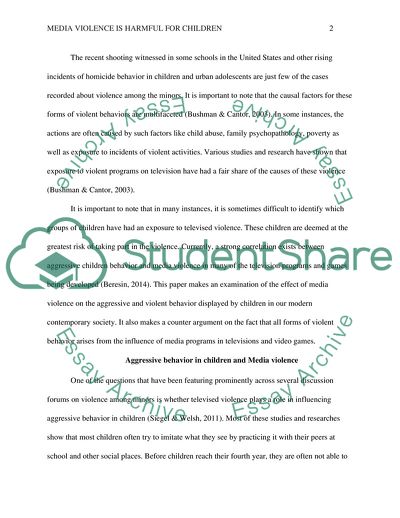Cite this document
(Media Violence Is Harmful to Children Coursework, n.d.)
Media Violence Is Harmful to Children Coursework. https://studentshare.org/psychology/1845855-media-violence-is-harmful-for-children
Media Violence Is Harmful to Children Coursework. https://studentshare.org/psychology/1845855-media-violence-is-harmful-for-children
(Media Violence Is Harmful to Children Coursework)
Media Violence Is Harmful to Children Coursework. https://studentshare.org/psychology/1845855-media-violence-is-harmful-for-children.
Media Violence Is Harmful to Children Coursework. https://studentshare.org/psychology/1845855-media-violence-is-harmful-for-children.
“Media Violence Is Harmful to Children Coursework”. https://studentshare.org/psychology/1845855-media-violence-is-harmful-for-children.


